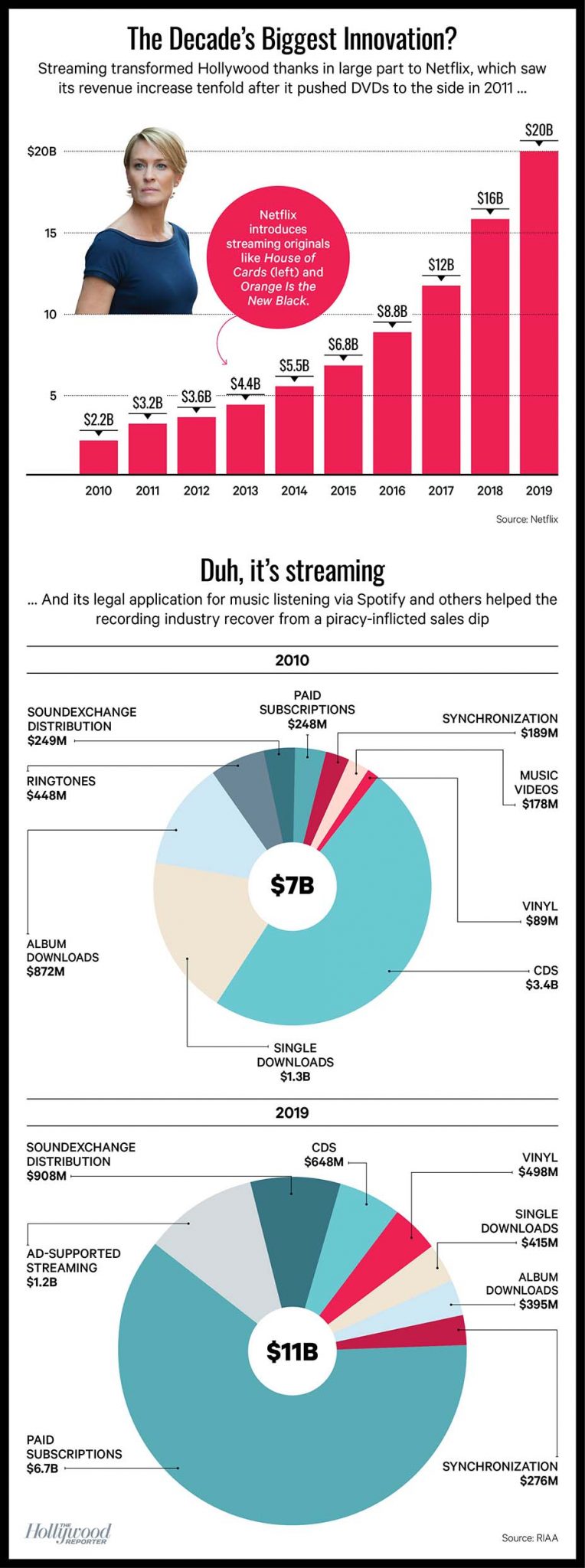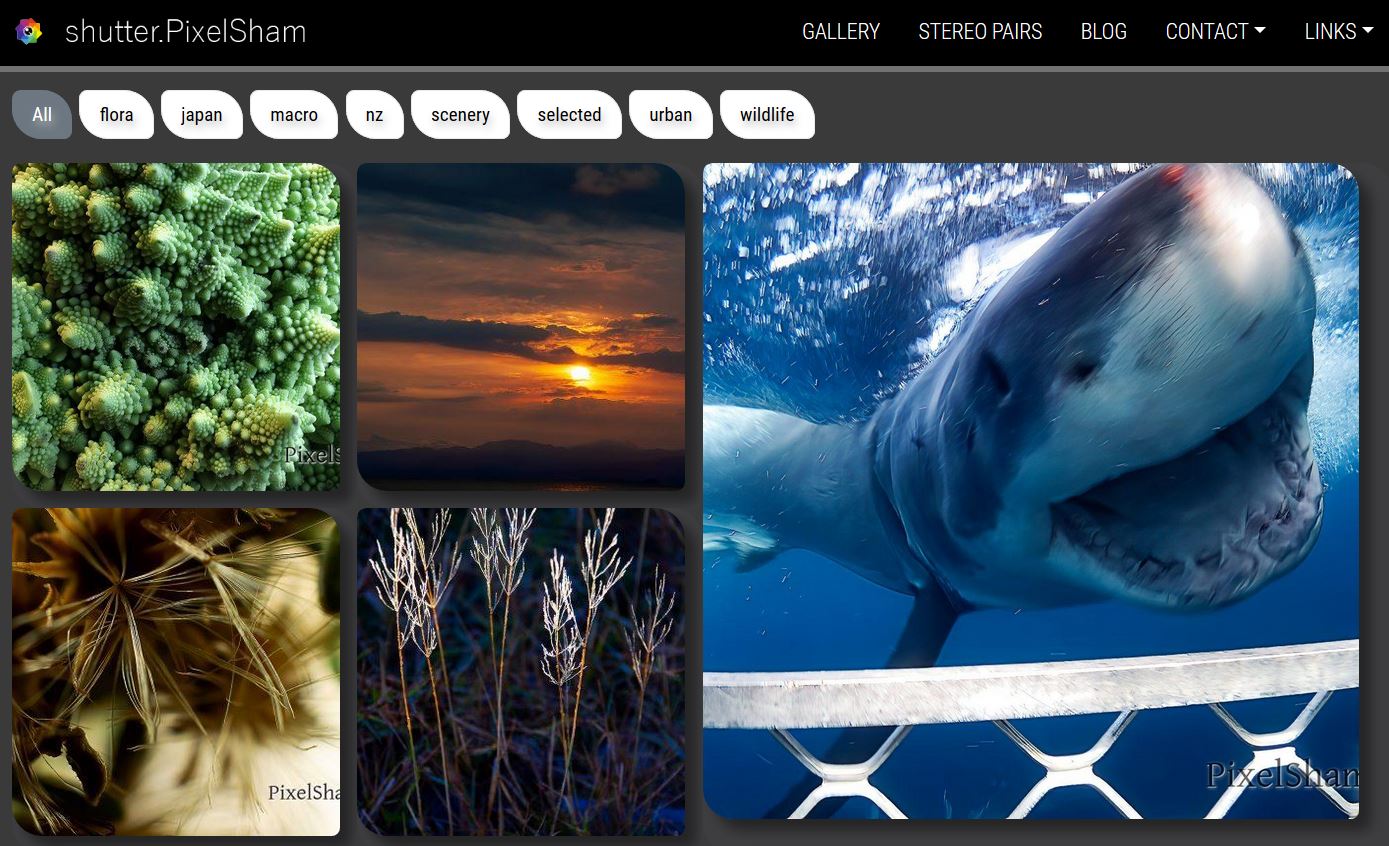As seen in the HowTo magazine.





3Dprinting (179) A.I. (898) animation (353) blender (217) colour (240) commercials (53) composition (154) cool (368) design (655) Featured (91) hardware (316) IOS (109) jokes (140) lighting (299) modeling (156) music (189) photogrammetry (197) photography (757) production (1308) python (101) quotes (498) reference (317) software (1379) trailers (308) ves (571) VR (221)
POPULAR SEARCHES unreal | pipeline | virtual production | free | learn | photoshop | 360 | macro | google | nvidia | resolution | open source | hdri | real-time | photography basics | nuke
Author: pIXELsHAM.com
-
Myriam Catrin – amazing design
https://www.artstation.com/myriamcatrin
Creator of the comic book ” Passages. Book I” released with @therealarttitude
https://arttitudebootleg.bigcartel.com/product/passages-myriam-catrin
instagram/ FB page: @myriamcatrin / @MyriamCatrinComics
-
Photon Light Module System for product photography
https://www.kickstarter.com/projects/photonlms/photon-light-module-system
-
Keyword Extraction theory and practice
monkeylearn.com/keyword-extraction/
Keyword extraction is the automated process of extracting the most relevant words and expressions from text.
https://azure.microsoft.com/en-us/services/cognitive-services/text-analytics/
-
SIGGRAPH 2020 Canceled; Event Moving to Virtual Conference Format
www.awn.com/news/siggraph-2020-canceled-event-moving-virtual-conference-format
SIGGRAPH 2020 is the latest is a growing list of animation, VFX, and gaming-related events to cancel or otherwise postpone their 2020 editions, including Comic-Con, Annecy, FMX, ITFS, MIPTV, and GDC.
-
-
DNEG Asks Global Staff Earning Over $43,200usd To Take A Three-Month Pay Cut
This policy applies to all its locations, including London (where it is headquartered), L.A., Vancouver, and Montreal.
A statement put out by the Animation & Visual Effects Union (AVU), a branch of BECTU, describes DNEG’s proposal as, in some cases, a “take-it-or-leave-your-job” package imposed with “very short consultation deadlines.” Affected staff have been given two weeks to respond to the proposal; the deadline is April 30. Reductions will take effect on May 1, and the arrangement will be reviewed in three months.
The union is calling on DNEG to convincingly demonstrate to its staff that the cuts are necessary. It wants the company to give “a detailed overview of their financial position to workers before requesting cuts,” and to give staff time “to access independent advice to interpret such information so that they can understand the way the burden of this issue is being shared between staff and shareholders.”
-
Magic Leap reportedly laying off 1,000 employees and dropping consumer business
Bloomberg writes that in addition to laying off what amounts to half its workforce, the company will wind down its consumer-focused business, which included video games and entertainment apps.
It will focus on enterprise uses, potentially including a partnership with a large unnamed health care company
EDIT 20200522
Magic Leap raises $350 million and puts layoffs on hold
https://www.engadget.com/magic-leap-raises-350-million-puts-layoffs-on-hold-034824726.html
-
Abigail Disney furious on Disney furloughs
www.cnn.com/2020/04/22/business/abigail-disney-furloughs-bonus-pay-coronavirus-trnd/index.html
In a Twitter thread Tuesday, the outspoken family heiress slammed Disney’s decision to furlough theme park employees after the company paid dividends to shareholders and gave executives big bonuses.
COLLECTIONS
| Featured AI
| Design And Composition
| Explore posts
POPULAR SEARCHES
unreal | pipeline | virtual production | free | learn | photoshop | 360 | macro | google | nvidia | resolution | open source | hdri | real-time | photography basics | nuke
FEATURED POSTS
-
copypastecharacter.com – alphabets, special characters, alt codes and symbols library
-
What’s the Difference Between Ray Casting, Ray Tracing, Path Tracing and Rasterization? Physical light tracing…
-
Cinematographers Blueprint 300dpi poster
-
AnimationXpress.com interviews Daniele Tosti for TheCgCareer.com channel
-
Survivorship Bias: The error resulting from systematically focusing on successes and ignoring failures. How a young statistician saved his planes during WW2.
-
AI and the Law – studiobinder.com – What is Fair Use: Definition, Policies, Examples and More
-
Embedding frame ranges into Quicktime movies with FFmpeg
-
Top 3D Printing Website Resources
Social Links
DISCLAIMER – Links and images on this website may be protected by the respective owners’ copyright. All data submitted by users through this site shall be treated as freely available to share.



